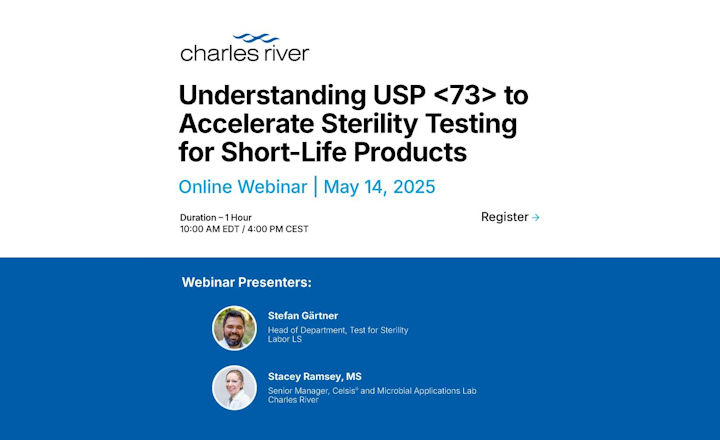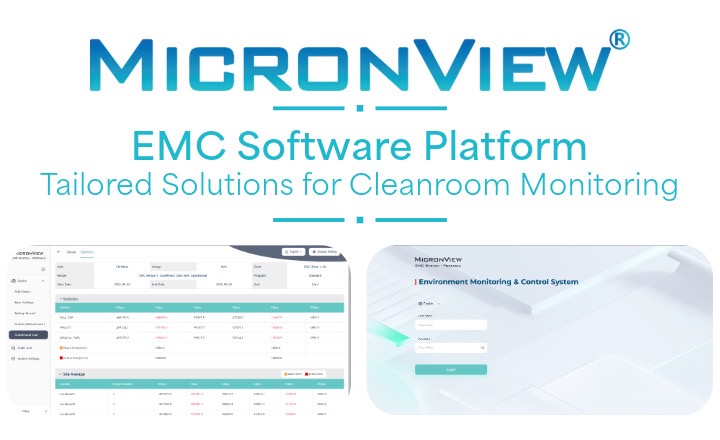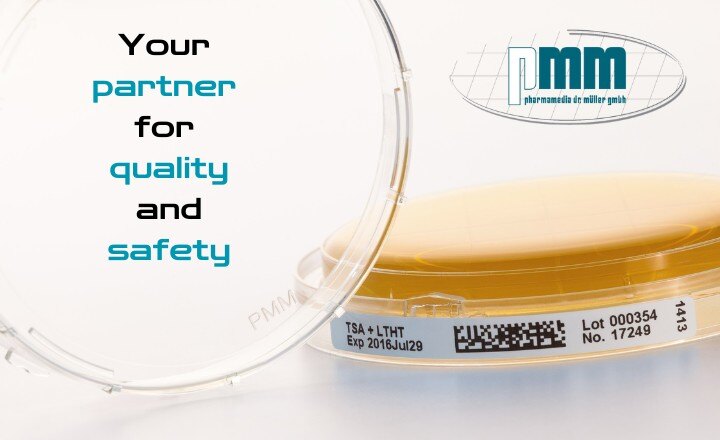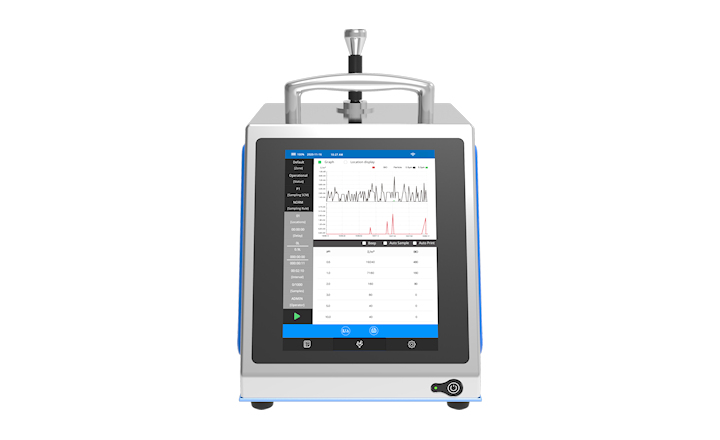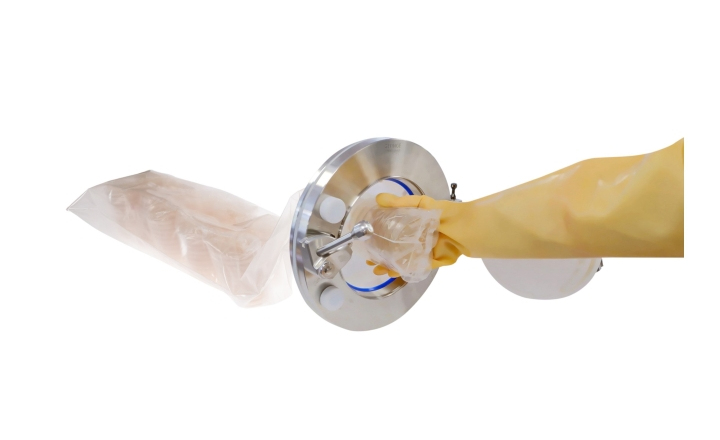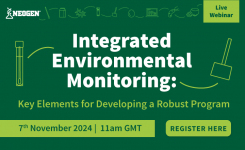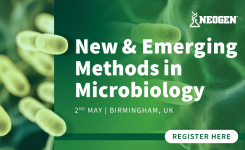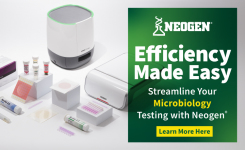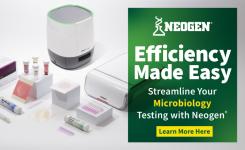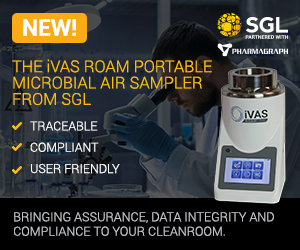In this rapidmicrobiology.com interview with Raj Rajagopal, 3M Senior Global Technical Service Specialist, Raj gives food producers practical advice on how to be vigilant in the broadening scope of environmental monitoring (EM). And explains how 3M EM technology can provide rapid and necessary results for a facility to run efficiently and smoothly.
Q: Most manufacturers will have a HACCP/HARCP based scheme in place – how does microbiological testing help implement these plans?
A: While proper cleaning, sanitation and kill steps are crucial, no HACCP plan is complete without effective microbiological sampling and testing to inform the process. This typically should be a combination of raw ingredient testing, end-product testing and environmental monitoring. Microbiological test methods are one key element of a comprehensive environmental monitoring program. They are essential in being able to define a HACCP plan’s critical limits and validate its overall legitimacy. They can also play very important roles in verifying their continual effectiveness.
Q: What testing options are available for monitoring harbourage sites?
A: Monitoring and sampling harborage sites, or growth niches, throughout the processing facility have been a fundamental piece of food safety plans for years. As concern for food safety has grown, test methods have advanced, and more has been learned about how often parts of the facility can contaminate food.
Food processors are recognizing the need to expand the scope of Environmental Monitoring Programs by incorporating a broader range of test targets. For example, producers utilize different types of tests that look for environmental allergens, for “indicator organisms” which can give clues to the general microbiological condition of the environment or for “index organisms” that suggest the possible presence of ecologically similar pathogens.
3M offers a number of different technologies for different levels of speed and specificity:
- 3M™ Clean-Trace™ Hygiene Monitoring and Management System – Many organizations are accustomed to using the 3M Clean-Trace Hygiene Monitoring and Management System, a rapid and comprehensive method that tests various surfaces to broadly evaluate the effectiveness of cleaning procedures. It takes only seconds to test for the presence of ATP, a molecular indicator of biological residue, with high levels of residue signalling that more testing is required. The 3M Clean-Trace System bridges the gap between an immediate but imperfect visual inspection and the more time-consuming process of collecting samples and applying them to microbiological tests.
- 3M™ Allergen Tests – ATP swab and protein swab tests are also used to assess the removal of allergenic foods but should not be considered direct markers. Instead, an analytical test should be used alongside ATP swabs and protein swab tests. For example, 3M offers ELISA and lateral flow devices that can detect specific protein targets (milk, peanut, etc.) and can be used for validation and routine verification.
- 3M™ Petrifilm™ Plates – 3M Petrifilm Plates are compact, sample-ready plates that facilitate incubation of microorganisms without having to perform all of the time-consuming preparation steps associated with traditional agar. Food safety professionals simply inoculate their samples to one of many organism-relevant tests that exist and incubate. Special indicator dyes within the plates then help visualize particular microbiological colonies so they can be counted.
- 3M™ Molecular Detection System – Many food processors will encounter needs to detect and measure specific genetic material (for example, that of a Salmonella strain) extracted from their facilities, and in these cases rely on molecular test methods. While many molecular methods have utilized polymerase chain reaction (PCR) technology to detect, replicate and measure specific gene codes, advances in molecular biology have resulted in newer, robust technologies. 3M scientists developed a novel solution combining loop-mediated isothermal amplification (LAMP) with bioluminescence – the 3M Molecular Detection System – which allows food processors to begin seeing presumptive positive results in their enriched samples as soon as 15 minutes into replication.
Q: What are the key issues when testing surfaces?
A: One major challenge in obtaining accurate results during environmental sampling is the presence of sanitizers used in the production facility that may have bactericidal activity. To overcome this challenge, sample collection devices such as swabs or sponges should incorporate neutralizers or components that are effectively able to negate any sanitizers present.
The selection of a neutralizer (or combination of neutralizers) should be undertaken with knowledge of the types of sanitizers used within a facility, as not all neutralizers/combinations are equally effective against different types of sanitizers. Most swabs and sponges will incorporate a combination of neutralizers as part of their formulation. In the case of proprietary formulations, the manufacturer should be contacted to obtain information on the components or the sanitizers they can neutralize.
From an actual sample collection perspective, the best sampling method will vary depending on the type of device being used and the testing intended to be conducted. Moisture is one of the most important factors for bacterial survival on surfaces.
In general, it is recommended to sample from a moistened surface or with a moistened collection device to improve recovery. It is also important to sample a single item or area with each device. This prevents cross-contamination between items or areas in the facility.
Q: How does a manufacturer choose between using media-based test kits compared to say ATP or molecular-based tests?
A: Media-based test kits, ATP tests and molecular tests all have their place in a comprehensive food safety monitoring plan. ATP tests are good choices to provide quick and broad verification of whether a surface has been cleaned properly.
Media-based tests can help verify that environmental or product samples are free from particular unwanted microorganisms or used as indicator tests to quickly test for full families of different organisms. Molecular tests are utilized to provide a higher degree of specificity when testing for specific genetic compositions.
Q: With possible uneven distribution through a batch, what role does final product testing for Salmonella have, and how can product interference (from spices for example), be overcome?
A: Food safety management systems traditionally relied on finished product testing to ensure food was safe to eat. But finding problems in finished foods is difficult. Sampling covers a tiny fraction of any given food lot. If the sampling result is negative, it doesn’t guarantee the lot is free of the pathogen. Food and beverage producers must look at the entire food chain – all the way from the raw materials to the distributed product, and test throughout the process.
Q: What’s the time difference between plate-based and molecular-based methods for sample to confirmed result?
A: The time between sample and test result between plate-based tests (e.g., 3M Petrifilm Plates) and molecular methods (e.g., 3M Molecular Detection System) varies based on the food type and the microorganisms being analyzed. Generally speaking, the 3M Molecular Detection System will provide same- or next-day results whereas the 3M Petrifilm Plates provide results back in 1-5 days.
Q: How should a company prepare for a possible recall?
A: Certainly, food processors who encounter a recall situation should work closely with their regulatory field offices, rely on the crisis plans that they hopefully already have detailed and bring useful data to the equation to track contaminated products that may have been shipped or adjacent lots that may still be in holding and could be similarly compromised.
Just as important, however, is that food processors put heightened focus on prevention, revisiting their process controls and their cultural dynamics to make sure the organization’s overall concern for food safety remains embedded into the values and behaviours everywhere from the c-suite to the frontline.



